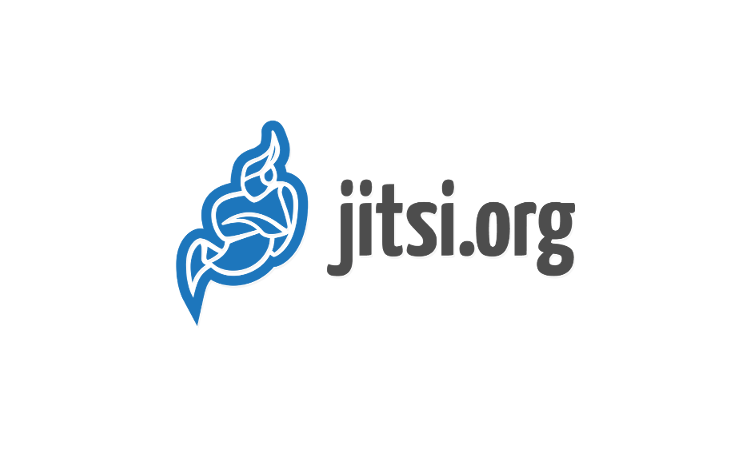

Here I’ll show you how to get your my.OnSIP contacts in Jitsi. Select ‘Audio’ and make sure that the codecs (or ‘encodings’) enabled are G722, PCMU, PCMA, and “telephone-event”. You should see a screen that looks something like the image above, with a list of all your active and inactive accounts. You’ll be taken to a summary page where you can go over your settings one last time before you sign in. In “Presence”, simply check “Enable presence (SIMPLE)” and leave everything else unchecked. Make sure that preferred transport is “UDP” and that the Keep alive method is “Register”. You’ll want to uncheck “Configure proxy automatically” if it isn’t already, and type “” into the field labeled “Proxy” if you are an OnSIP customer (Port 5060). Next, in “Connection”, input your “Proxy/Domain” in the field marked “Registrar”, and your “Auth Username” into the field marked “Authorization name”.
#Jitsi voice password#
Password is your SIP password, and display name can be anything you want. Under “SIP id”, you’ll want to input your entire SIP address. You’ll be taken to another menu with 3 parts: Account, Connection, and Presence. Select “SIP” as your choice from the options provided in the Network dropdown menu, and then hit ‘Advanced’ in the lower left corner. Here is an example of the fields you will need: They can be found in your OnSIP admin portal under ‘users’. You’re going to need your user credentials. A lot of these steps apply no matter which VoIP provider you’re using so I noncustomers will also find this useful. Application ConfigurationĪs usual, I am going to do a quick walk through of how to setup OnSIP with Jitsi. While you can almost expect a few glitches here and there, it is certainly worth trying out.

Jitsi certainly aims to accomplish a lot. The main UI is simple and clean, the pop-up call handling screen is easy to use, and the instant messaging feature is handled nicely. This version of the application looks and feels great. What separates this application from others like it is the inclusion of enterprise VoIP features such as attended and blind call transfer, call recording, call encryption, conferencing, and video calls.

#Jitsi voice install#
When appropriate, users are automatically prompted to download and install the latest build (or you can just tell it to do this all without asking). Stable releases come out every so often while ‘nightly builds’ are released several times a day. Jitsi, which is written mostly in Java, is a free and open source VoIP, and instant messaging application for Windows, Mac, and Linux. The list is extensive, but it had me at SIP and Jabber. Today I’m going to be doing an in-depth look at one of these free downloadable clients, Jitsi, which is described as an “audio/video Internet phone and instant messenger that supports some of the most popular VoIP and instant messaging protocols such as SIP, Jabber, AIM/ICQ, MSN, etc…” Unbeknownst to many people, there are a growing number of free stand-alone VoIP clients, some of which aren’t half bad.


 0 kommentar(er)
0 kommentar(er)
